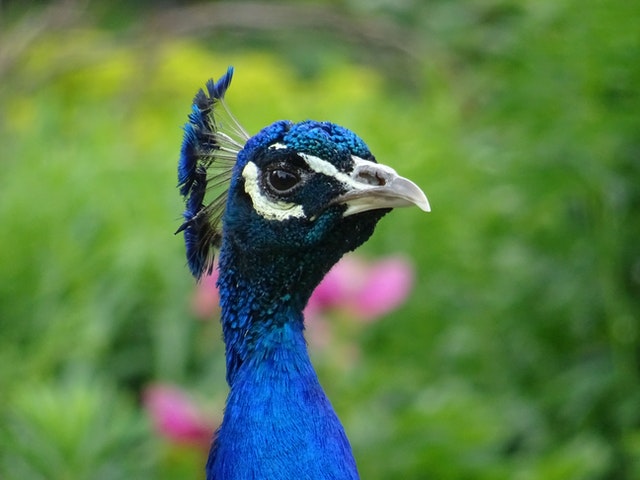Peacock housing
Do peacocks need shelter?
How do you house peacocks?
Housing a peacock is a crucial part of owning such an animal. This is how you do it:
Firstly, you need to provide a house for your peacock. There are many different types of houses that can be used, so it is important to first consider what type will best suit the needs and preferences of both you and them?
Secondly, make sure they have enough room in their new home. A small or cramped area may result in stress levels which could lead to physical health issues such as plumage damage or increased aggression towards humans; this would not do! It’s also worth noting that if space permits, adding an outdoor garden with at least two acres of land (a large plot) will help increase their chances of survival should predators appear nearby.
Types of peacock houses
Roosting Platforms
Hoops
Garden
Open Cage
Cottage
Miniature Houses
Hanging Baskets
Cage
Aviary
Can a peacock be kept at home?
Can I keep a peacock in my garden?
What are the factors that affect where and how I house my peacock?
